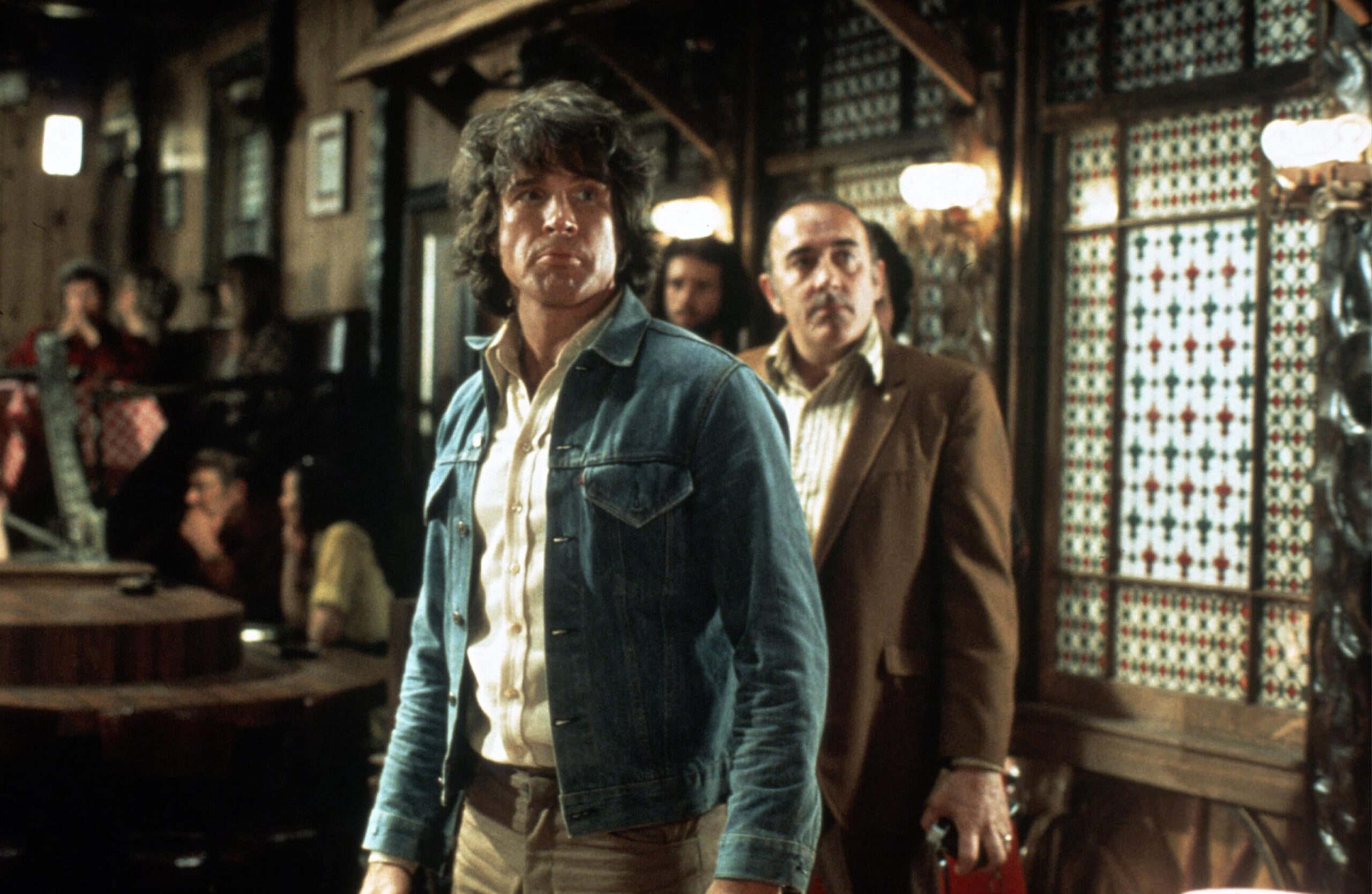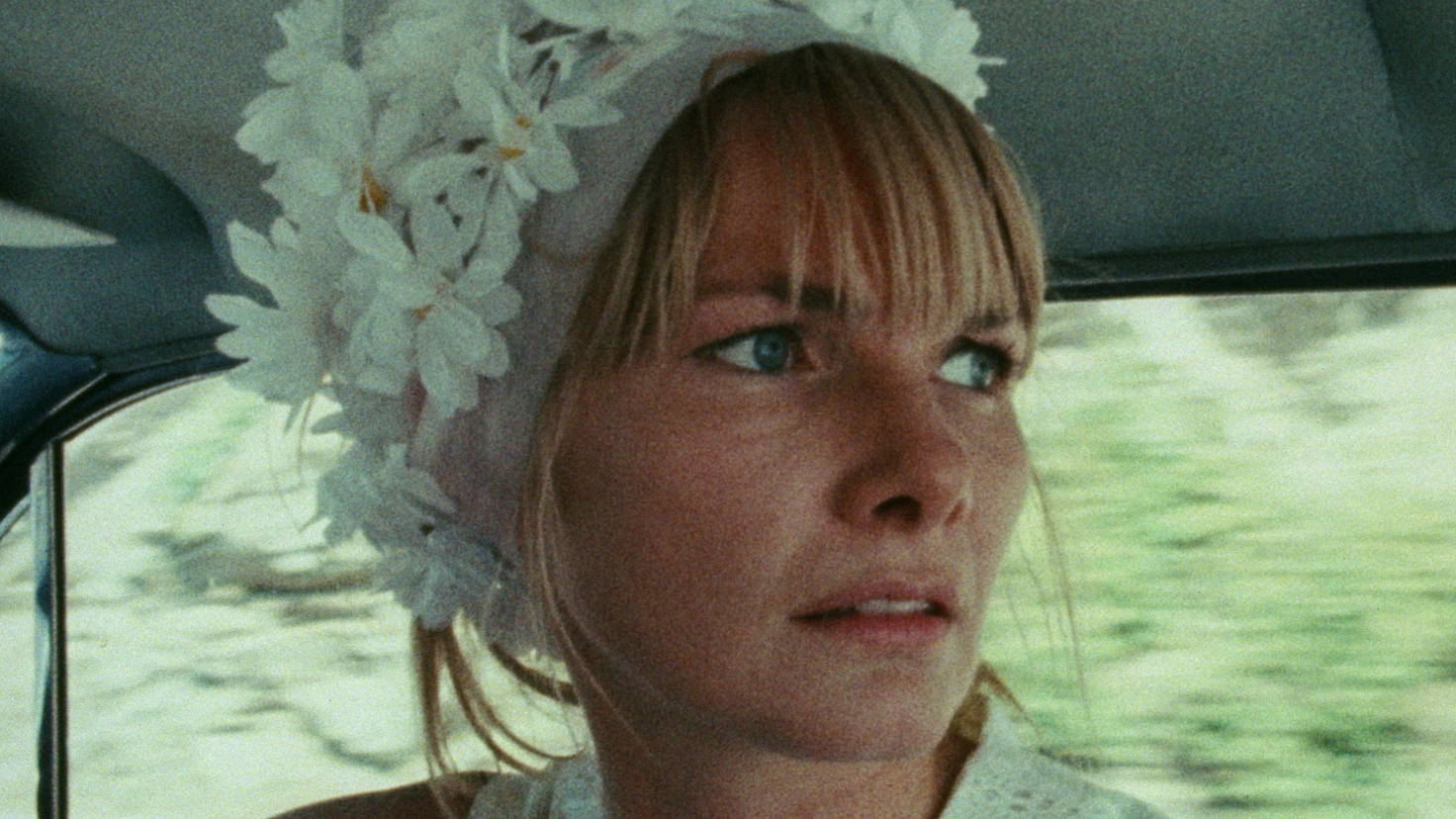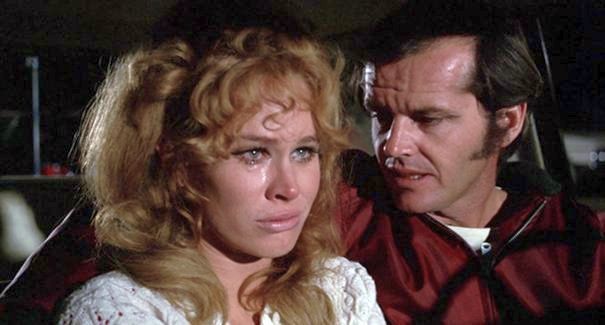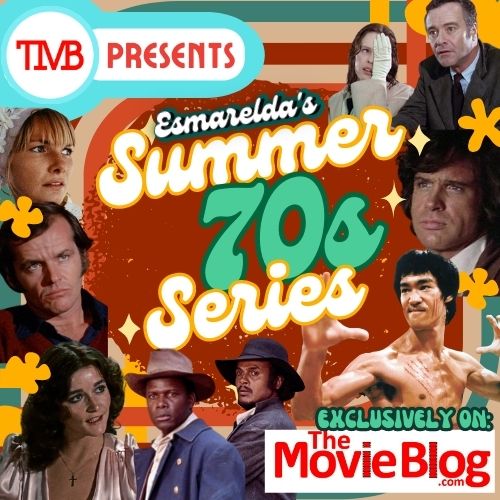The following is a part of Esmarelda’s Summer Seventies Series
I’ll tell you one thing about me: I am nothing if not a sucker for a great intro. The slick harmonica that plays over the credits of “Buck and the Preacher” is cause enough for me to perk up my ears and get excited for the next hour and forty-two minutes. Sidney Poitier takes his first stab in the director’s chair in this moderately paced western, but the novelty of watching one of the greatest actors of his generation step into a new role at the helm is quickly overshadowed by a dynamic performance by his co-star and producing partner, Harry Belafonte. Much like Steve McQueen and Paul Newman in “The Towering Inferno,” the novelty of two kings of the silver screen occupying the same frame is tantalizing in and of itself, but Sidney Poitier’s classic stoicism is almost too stagnant for the outlandish antics of Harry Belafonte’s performance as Preacher, a slick-talking conman who masquerades as a man of the cloth.
“Buck and the Preacher” tells the story of Buck (Poitier) a post-Civil War wagon master who is on the run from bounty hunters determined to kill him for helping emancipated field hands navigate their way out West. He crosses paths, and ultimately teams up with, the conniving con-man Preacher, played by Harry Belafonte in a role that simultaneously feels both of-the-moment and years ahead of its time. Originally set with Joseph Sargent as director, Poitier fired Sargent after the first week of filming citing reasons that Sargent lacked the cultural identity necessary to impart relatable realism into the film. This led to Poitier taking the reins in what would be his first foray into the world of directing.
As much as I wish the star of the picture was Poitier’s directing style, the real star here is Harry Belafonte. He explodes on the screen with crazy eyes and some of the worst teeth in cinema I’ve ever seen. Belafonte’s Preacher provides some much-needed comedic relief and both his timing and delivery are 100% on point in what is otherwise a somewhat forgettable film.
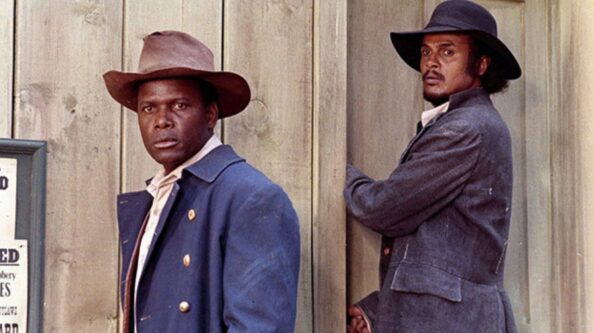
It’s not a bad movie, not by any means, it’s just somewhat forgettable which is probably why I hadn’t heard of it until now. The pacing of the film is off, and the bad guys are switched halfway through the movie, lending to some confusion as to the main character’s overall goal. By the end, the film has morphed into something of a “Butch Cassidy and the Sundance Kid” rip-off, with Buck, Preacher, and Buck’s wife Ruth (played by the delightful Ruby Dee) robbing banks to steal enough money for the wagon party to survive the winter. I don’t feel that it is any failure on Poitier’s part as a director, but rather the stale story structure embedded in Ernest Kinoy’s lackluster script. The dialogue is fine, and the premise is exciting, but the series of events, as they are strung together, creates too many valleys and not enough peaks. The film is full of situations immersed in heartache, but perhaps it is Poitier’s reluctance to explore these more violent happenings which robs the audience of any emotional connection.
While watching “Buck and the Preacher” I was reminded of another Civil War-era film from the seventies called “Skin Game” starring James Garner and Louis Gossett Jr. “Skin Game” also focuses on an unlikely duo who team up in order to survive, but there are far more interesting turns, mischief and misdirection. “Buck and the Preacher” is void of surprise or illusion and utilizes far too much silence. Sidney Poitier gives his signature stares of intensity, but both times that I watched the film I found myself wanting more from Buck as a character. In contrast, any disappointment from wanting more from Poitier was quickly made up every time Harry Belafonte took the screen.
Preacher is the real star of the show – the origin story of how he inherited his prized possessions after murdering a con man who sold his mother gives great insight into his own tortured evolution. But I’ve never quite seen someone show up for a film the way Harry Belafonte showed up for “Buck and the Preacher.” It’s understandable – the subject matter is delicate. The backdrop of emancipated slaves searching for their own piece of land was a stark contrast to African Americans fighting for home ownership and equal rights in the shadow of the Civil Rights Movement. I think it was important for Poitier to take the directing reins, and when you watch him ride on his horse with such a powerful and commanding presence, you feel like you are on the ride with him – with Poitier exploring the uncharted territory of filmmaking in much the same way that Buck explores the trail to the New Frontier.
Benny Carter’s twangy score does service to keeping the audience’s attention in a way that, once again, blends the new with the old. Poitier doesn’t take much artistic license with his stylistic choices – save for the cool-ass peacoat Buck wears, (seriously, that’s a badass coat and I would wear it). But the film as a whole reads like a talented actor directing a solidly constructed film. There is no real “eye” here or vision, the story is told from beginning to end and the performances are the biggest highlight. It’s a story of hope, a story of perseverance, a story of brotherhood, and vengeance all rolled into one.
But the true reason for giving attention to this film is to marvel at the energy and commitment of Harry Belafonte, who gives a performance that in its time was labeled over-the-top, but in retrospect, digs so deep into the psyche of a hustler that you could literally pluck him from 1972 and place him in any similarly themed modern film today. It is truly an electrifying performance.


